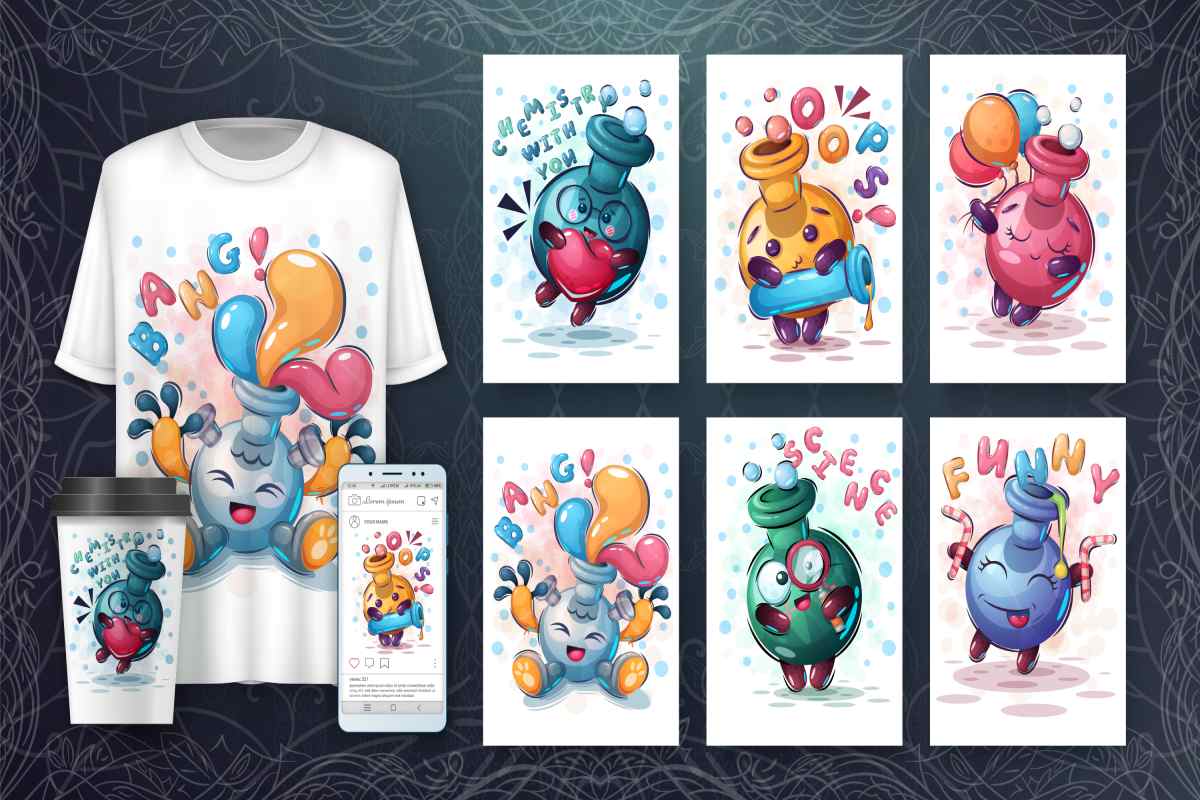
Choosing DTF Films That Stick and Last
DTF Supplies Should Be Selected with Durability in Mind
Achieving long lasting print results begins with the right dtf supplies. While many focus on inks and powders the quality of dtf films plays a major role in durability. If dtf supplies are not compatible or built for endurance the prints may peel fade or crack over time. Choosing films that bond effectively and release cleanly is critical for customer satisfaction and brand consistency.
DTF Powders Must Work Seamlessly with Your Films
The interaction between dtf powders and dtf films directly affects the final result. Some dtf powders require specific film coatings to melt and bond properly. If the surface of the film doesn’t hold powder well you may experience flaking or uneven adhesion. Always test powder compatibility with your film type to achieve the best results across fabric types.
DTF Films Are Available in Different Peel Types
There are two primary types of dtf films to consider hot peel and cold peel. Each peel method impacts your workflow and final finish. Hot peel dtf films are faster but require precise timing while cold peel options offer a more secure bond with added curing time. Choosing the right peel type depends on production speed preferences and fabric compatibility.
DTF Inks Should Flow Evenly onto the Film Surface
One challenge in using dtf inks is ensuring they lay properly onto the film surface. Some dtf inks may pool or dry unevenly on low quality films. This causes defects such as bleeding blurring or inconsistent color density. High quality films help maintain even ink coverage which is critical to preserving the design's sharpness and vividness after transfer.
DTF Films Should Resist Curling and Static Build Up
Low grade dtf films often suffer from curling or static issues that interfere with feeding through the printer or applying powder. Properly coated dtf films will stay flat during printing and attract powder evenly. This ensures consistent performance and eliminates production delays caused by manual corrections or print rejections.
DTF Supplies Should Include Several Film Variants for Testing
For shops just starting out keeping a variety of dtf supplies including film types is essential. Testing different dtf films helps you determine which works best for your specific inks powders and garments. Store unused film flat and in sealed packaging to prevent contamination or warping which could ruin future print jobs.
DTF Films Perform Better with Proper Storage and Handling
Even the highest quality dtf films can degrade if stored poorly. Keep your dtf supplies away from moisture direct sunlight and heat to preserve their performance. Always keep films in their original packaging or a clean dry drawer. Proper care ensures consistent transfer results and prolongs the shelf life of your materials.
Conclusion
Choosing the right dtf films is critical to producing strong reliable prints that customers trust. Alongside matching dtf supplies like powders and inks high quality films improve print clarity reduce waste and increase durability. From peel method to coating consistency every detail matters in how well your design transfers and holds. With testing proper storage and product knowledge your print shop can deliver lasting results every time.
Frequently Asked Questions
-
What is the difference between hot and cold peel films
Hot peel removes after pressing cold peel needs cooling before removal -
Can I use the same film for all fabrics
Some films work better on specific materials always test before full production -
Why is my film not holding powder evenly
It may be a coating issue or static interfering with the powder attraction -
How do I prevent film from curling during printing
Store flat and keep away from humidity or heat that can warp the film -
Do DTF films have an expiration date
Over time coatings can degrade so check manufacturer guidelines for shelf life -
What causes ghosting in transferred designs
Usually poor ink drying or film shifting during pressing creates this issue -
Should I buy matte or glossy finish films
Matte is more common for DTF and offers better ink absorption and clarity -
Can I reuse DTF film after printing
No once used the film cannot be printed on again or reprocessed -
How do I test film quality before bulk use
Run sample prints and inspect color sharpness powder adhesion and peel quality -
What temperature is ideal for film storage
Keep films in a cool environment ideally between 18 and 24 degrees Celsius






